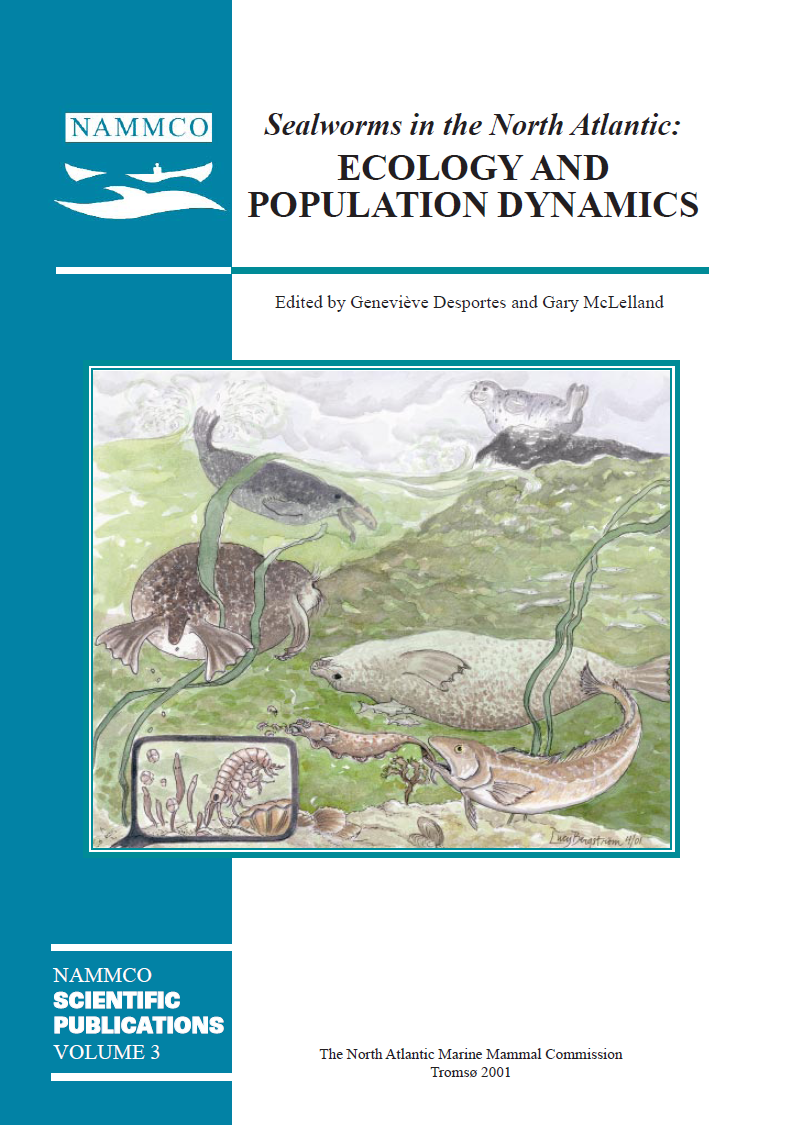Review of experimental and natural invertebrate hosts of sealworm (Pseudoterranova decipiens) and its distribution and abundance in macroinvertebrates in eastern Canada
DOI:
https://doi.org/10.7557/3.2954Keywords:
Sealworms, Pseudoterranova decipiens, hosts,Abstract
Experimental and natural invertebrate intermediate hosts of sealworm (Pseudoterranova decipiens) as well as transmission experiments of sealworm from invertebrates to fish are reviewed and summarized. Experimental hosts include copepods, mysids, cumaceans, isopods, amphipods, decapods, annelids, and molluscs. Invertebrates collected from eastern Canada between 1989 and 1995 were checked for nematode infections by microscopic examination of dissected animals or enzymatic digestion of bulk samples. Third-stage larval sealworm were found in mysids (Neomysis americana, Mysis stenolepis) from Passamaquoddy Bay, the Bras d’Or Lakes, inshore Cape Breton, Sable Island and Sable Island Bank. Infected amphipods (Amphiporeia virginiana, Americorchestia megalophthalma, Gammarus spp.) were found only on Sable Island. Typical infection rates in macroinvertebrates were 1-4/1000. No sealworm infections were found in approximately 18,000 amphipods examined from Sable Island Bank, the site of the most heavily infected fishes in eastern Canada. In Wallace Lake, a brackish pond on Sable Island, infection rates were much higher in mysids than in amphipods. Estimates of rates of transmission of sealworm from invertebrates to fish were derived from infection levels in Wallace Lake and feeding experiments involving sticklebacks and invertebrate prey. It is concluded that mysids may be much more important than amphipods in transmitting sealworm to fish hosts.





